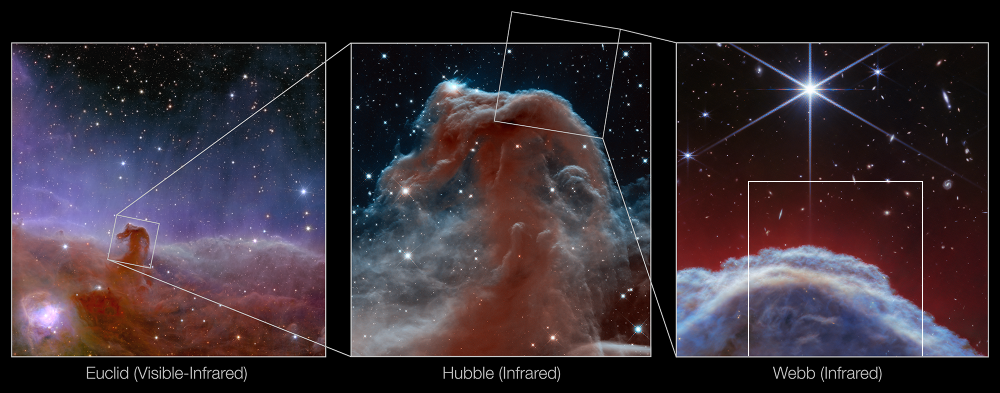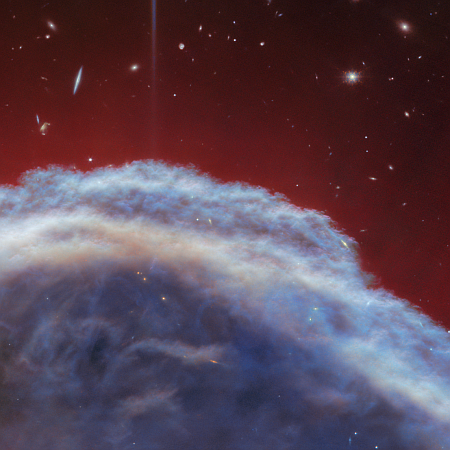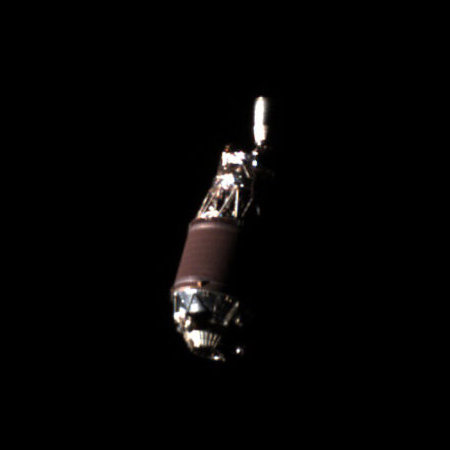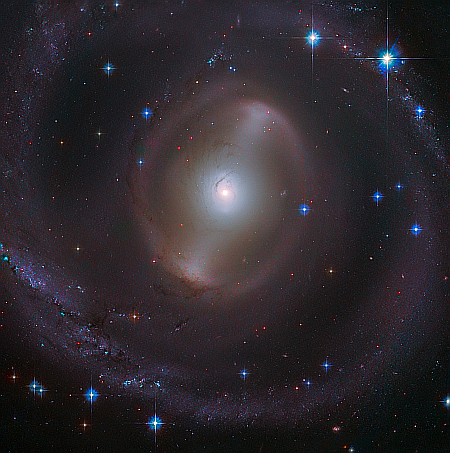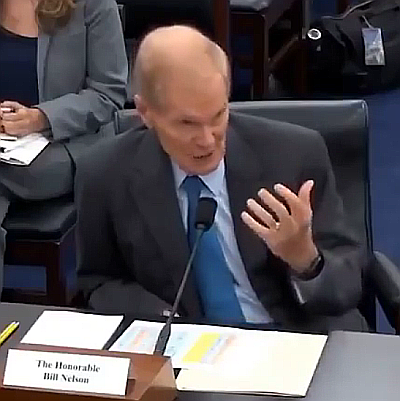SES to buy Intelsat for $3.1 billion
Two of the world’s largest and oldest satellite companies of merging. The Luxembourg satellite company SES today announced that it is buying outright the American-based satellite company Intelsat for $3.1 billion in cash.
The companies announced April 30 that they had agreed on the deal, subject to regulatory approvals. SES will pay $3.1 billion in cash along with certain contingent value rights for 100% of Intelsat. The transaction is not expected to close until the second half of 2025.
SES said it will fund the deal through existing cash on hand, which it estimates to be $2.6 billion at the end of March, along with debt. The combined company would have about $4.1 billion in annual revenues and estimated adjusted earnings before interest, taxes, depreciation and amortization of $1.9 billion this year. The combined company will remain headquartered in Luxembourg, where SES is based, but will maintain a “significant presence” at Intelsat’s home in the Washington, D.C., area.
These companies had tried to put together a merger deal in early 2023 but those negotiations failed.
This merger continues the consolidation of the older satellite companies that have for decades been focused on building larger high-orbit geosynchronous satellites and are now feeling great competitive pressure from the low-orbit constellations of Starlink and OneWeb.
Two of the world’s largest and oldest satellite companies of merging. The Luxembourg satellite company SES today announced that it is buying outright the American-based satellite company Intelsat for $3.1 billion in cash.
The companies announced April 30 that they had agreed on the deal, subject to regulatory approvals. SES will pay $3.1 billion in cash along with certain contingent value rights for 100% of Intelsat. The transaction is not expected to close until the second half of 2025.
SES said it will fund the deal through existing cash on hand, which it estimates to be $2.6 billion at the end of March, along with debt. The combined company would have about $4.1 billion in annual revenues and estimated adjusted earnings before interest, taxes, depreciation and amortization of $1.9 billion this year. The combined company will remain headquartered in Luxembourg, where SES is based, but will maintain a “significant presence” at Intelsat’s home in the Washington, D.C., area.
These companies had tried to put together a merger deal in early 2023 but those negotiations failed.
This merger continues the consolidation of the older satellite companies that have for decades been focused on building larger high-orbit geosynchronous satellites and are now feeling great competitive pressure from the low-orbit constellations of Starlink and OneWeb.





